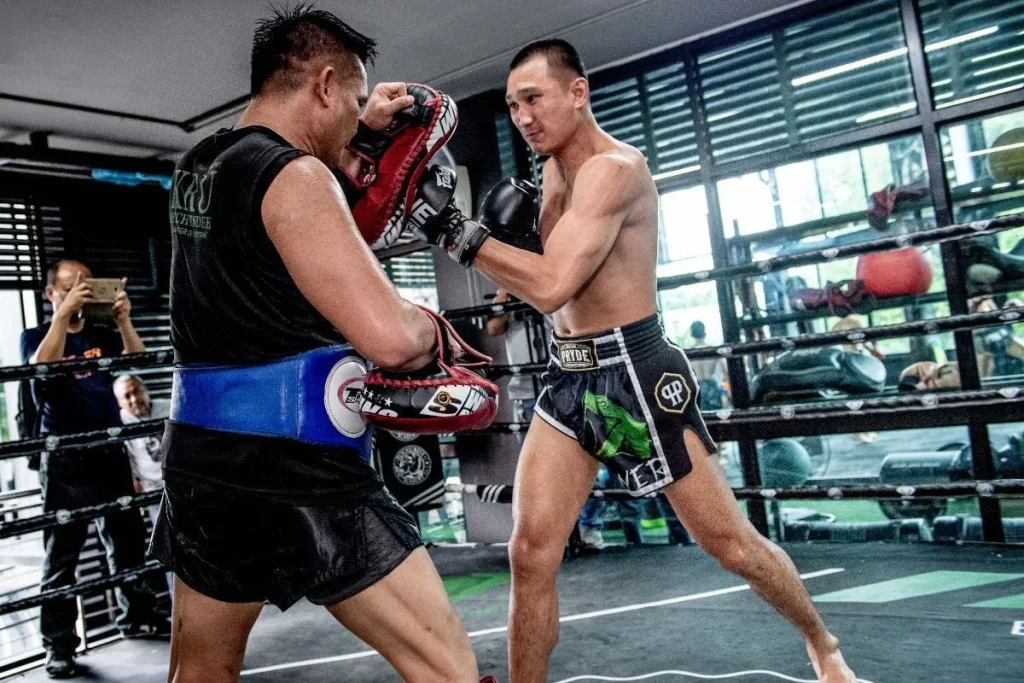
Enhancing Safety in Boxing: Essential Tools and Equipment
Introduction
Boxing, while thrilling and highly competitive, poses significant risks to its participants. To mitigate these dangers, safety tools and equipment are essential. This article explores the various safety tools used in boxing, emphasizing their importance in protecting athletes and maintaining the integrity of the sport.
Headgear
Headgear is one of the most crucial safety tools in boxing. Designed to protect the head from injuries, headgear absorbs and disperses the force of punches, reducing the risk of concussions and cuts.
Features of Effective Headgear
- Padding: High-density foam padding provides maximum shock absorption.
- Coverage: Protects the forehead, cheeks, and chin without obstructing vision.
- Fit: Adjustable straps ensure a snug fit, preventing the headgear from moving during a bout.
Benefits
Wearing headgear significantly lowers the chances of severe head injuries, making it an indispensable piece of equipment in both amateur and training sessions.
Mouthguards
Mouthguards are vital for protecting a boxer’s teeth, jaw, and overall oral health. They also play a role in reducing the risk of concussions.
Types of Mouthguards
- Stock Mouthguards: Pre-formed and ready to use but may not offer the best fit.
- Boil-and-Bite Mouthguards: Can be customized to fit the teeth by boiling and then biting into them.
- Custom-Fitted Mouthguards: Made by a dentist for the best fit and maximum protection.
Benefits
Mouthguards prevent broken teeth, cuts to the lips and cheeks, and reduce the impact on the jaw, thereby lowering the risk of concussions.
Hand Wraps
Hand wraps are essential for protecting the hands and wrists. They provide support to the bones and tendons, minimizing the risk of fractures and sprains.
How to Use Hand Wraps
- Wrapping: Start at the wrist, wrap around the hand and knuckles, and secure the thumb.
- Fit: Should be tight enough to provide support but not so tight that they cut off circulation.
Benefits
Hand wraps stabilize the hand and wrist, distribute the impact of punches, and help prevent injuries such as fractures and sprains.
Boxing Gloves
Boxing gloves are perhaps the most recognizable safety tool in the sport. They protect both the wearer and the opponent by cushioning the impact of punches.
Types of Boxing Gloves
- Training Gloves: Used for general training and sparring, typically heavier for better protection.
- Bag Gloves: Designed for use on punching bags, with less padding to increase durability.
- Competition Gloves: Lighter and designed for official matches, balancing protection and performance.
Features of Effective Gloves
- Padding: Multi-layer foam padding to absorb shock.
- Material: High-quality leather or synthetic materials for durability.
- Fit: Secure wrist straps to keep the gloves in place.
Benefits
Boxing gloves reduce the risk of injuries to the hands, wrists, and opponent by distributing the force of punches more evenly.
Groin Protectors
Groin protectors are essential for male boxers to prevent serious injuries to the groin area. They are mandatory in both training and competition.
Features of Effective Groin Protectors
- Padding: Thick, high-density padding to absorb impact.
- Fit: Adjustable straps for a secure fit.
- Comfort: Lightweight and breathable materials for comfort during long training sessions.
Benefits
Groin protectors shield against low blows and accidental hits, preventing severe injuries to sensitive areas.
Shin Guards
While not typically used in traditional boxing, shin guards are essential in disciplines like kickboxing and Muay Thai. They protect the shins from injuries during training and matches.
Features of Effective Shin Guards
- Padding: Thick foam padding to absorb impact.
- Fit: Secure straps to keep the guards in place.
- Coverage: Should cover the entire shin and instep.
Benefits
Shin guards prevent bruises, cuts, and fractures to the shins, enhancing safety in training and competition.
Ring Safety
Beyond personal protective equipment, the boxing ring itself must adhere to safety standards to prevent injuries.
Ring Features
- Padding: The ring floor should have adequate padding to cushion falls.
- Ropes: Ropes should be tight and well-padded to prevent boxers from falling out.
- Corners: Padded turnbuckles to prevent injuries when a boxer is pushed into the corner.
Conclusion
Safety in boxing is paramount to protect athletes and ensure the longevity of their careers. The use of headgear, mouthguards, hand wraps, boxing gloves, groin protectors, and shin guards, along with maintaining a safe boxing ring, significantly reduces the risk of injuries. By prioritizing safety, boxing can continue to thrive as a sport that combines skill, strength, and resilience.
